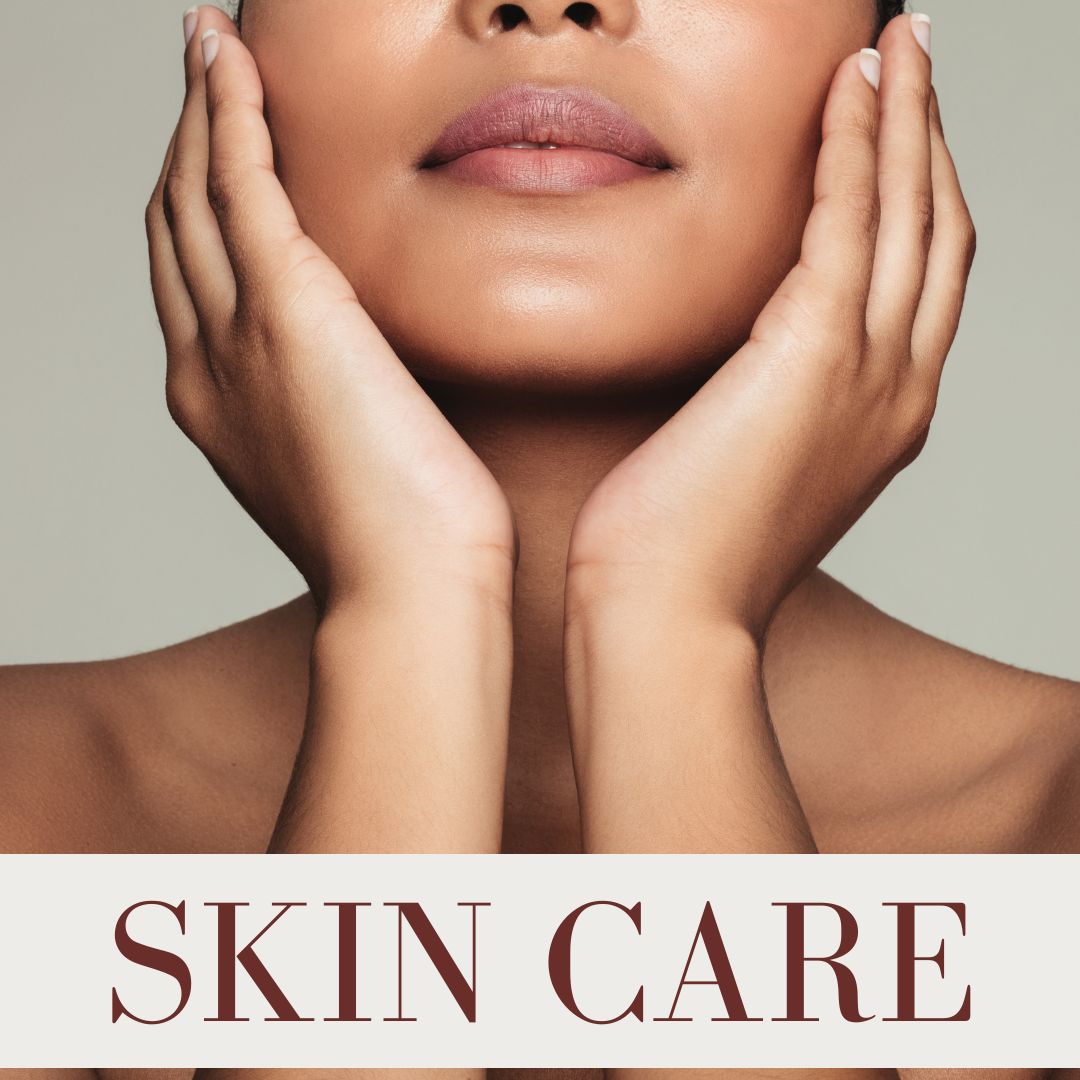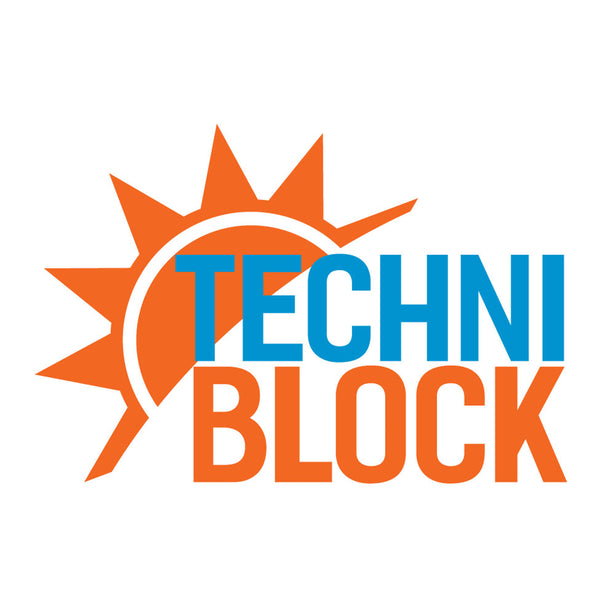
How to stop prickly heat and prevent heat rash
Share
If you’re one of the many thousands of people who have sun-sensitive skin and the hot weather causes prickly heat rash, you’ll know how much it can completely ruin a day out or a holiday abroad.
Prickly heat, also known as miliaria rubra, is an itchy rash of small, raised red spots that causes a stinging or prickling sensation on the skin, and it can develop anywhere on the body. It most commonly occurs on the face, neck, back, chest and thighs and usually appears a few days after exposure to hot temperatures.
The rash is made up of tiny spots or bumps that are surrounded by an area of red skin. The spots sometimes look like tiny blisters and can cause:
- mild swelling
- itching
- a stinging or intense prickling sensation
Prickly heat usually develops when a person sweats more than usual, such as during hot or humid weather, although it is also possible to get prickly heat in the winter. If the body’s sweat glands become blocked, sweat becomes trapped beneath the skin and this causes irritation and the characteristic heat rash. Clothing can make it worse sometimes because it causes friction on skin that’s already irritated. Babies and children are also more at risk of getting prickly heat because their sweat glands are not fully developed.
Although anyone can get prickly heat, you are more at risk of developing it if you're in a hot climate where you sweat more than usual.
What is PLE or Sun Allergy?
PLE, or Polymorphic Light Eruption looks similar to heat rash but occurs on skin that’s not used to being exposed to the sun. It’s a reaction to UV light and, therefore, can appear in any season and right at the start of a sunny holiday so unless you can get your skin used to the sun gradually, it’s a condition that you may suffer with every year.
How do I prevent prickly heat?
Prickly heat is not a serious condition and rarely requires any specific treatment as the rash usually disappears after a few days. However, if it does flare up, there are several things you can do to ease your symptoms:
- Avoid excessive heat and humidity – if you need to go outside, spend time in the shade or take a small fan with you. Further exposure to the heat will cause you to sweat more and may make your rash worse. Drink plenty of fluids to avoid dehydration, especially in hot weather.
- Wear loose cotton clothing – avoid wearing synthetic fibres, such as polyester and nylon, which trap heat easier than natural fibres.
- Keep your skin cool – a cool bath or shower will cool you down, soothe your skin and help prevent further sweating. Staying in an air-conditioned room for a few hours a day will also provide considerable relief. You can also use a cold compress, but don't leave it on the skin for longer than 20 minutes.
- Use calamine lotion – this is available at most pharmacies and will help soothe sore and irritated skin.
- Try hydrocortisone cream – low-strength hydrocortisone cream is also available from pharmacies and is effective at treating very itchy and irritated areas of skin. However, avoid using it on your face and always follow the instructions.
- Antihistamine tablets may help control itching – but consult your GP first as they are not always suitable.
What’s the best sunscreen for prickly heat?
If you’re holidaying abroad and exposed to high temperatures, the use of sunscreen is imperative to prevent burning and experts recommend at least an SPF 30. However, for those with sensitive skin, using sunscreen can aggravate the skin and bring on prickly heat. In some cases, the sunscreen you’re using can be the cause of the heat rash in the first place.
Experts recommend an unscented, non-comedogenic SPF to minimise irritation with a long-lasting formula to avoid excessive topping-up throughout the day.
Traditional sun lotions and creams contain oils and emulsifiers as these are the ingredients that contain the UV filters that we spread onto our skin. However, it is these oils and emulsifiers, together with other irritants such as perfume, lanolin and parabens, that will block pores and sweat glands and exacerbate the prickly heat problem.
Both Techniblock and our newest product, TechniSun, have been developed using the latest anti-pore blocking technology and neither formulas contain any oils or emulsifiers; instead the UV filters are encapsulated in an ethanol spray that dries instantly on the skin, leaving behind a transparent but highly effective UV barrier that cools the skin and allows it to breathe. The formula is unscented, free from artificial colour, preservatives and talc.
The unique, broad-spectrum formula is delivered as a clear, non-greasy CFC-free spray and, unlike a lot of traditional, high factor sunscreens, our products provide excellent protection without the heavyweight feel.
As the ethanol evaporates on contact, the UVA and UVB protectants get to work shielding the skin immediately and the absence of oils and emulsifiers, which break down in water, makes Techniblock and TechniSun extremely long lasting and water resistant, so you can be assured that you’ll be fully protected when swimming or enjoying water sports.
Our sunscreens are not a “cure for prickly heat” but have, according to many of our customers, prevented or completely eradicated the symptoms of prickly heat.
Check out some of these great value bundles in our Winter sale
https://techniblock.co.uk/collections/winter-sunscreen-bundles
Or discover TechniSun SPF 30 - new sizes in this SPF will be available in early 2025
https://techniblock.co.uk/collections/spf-30

